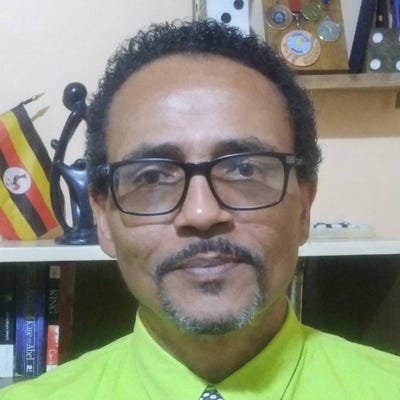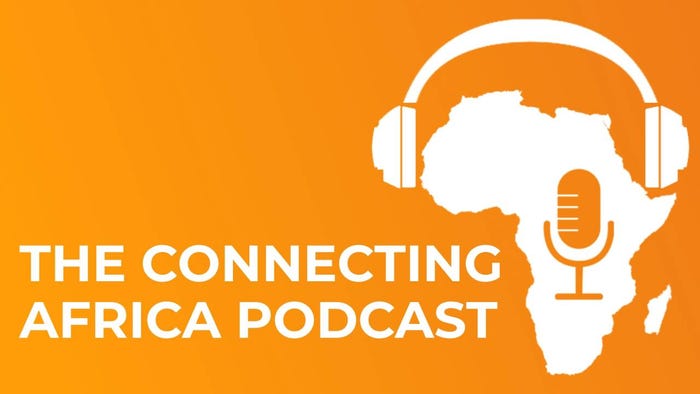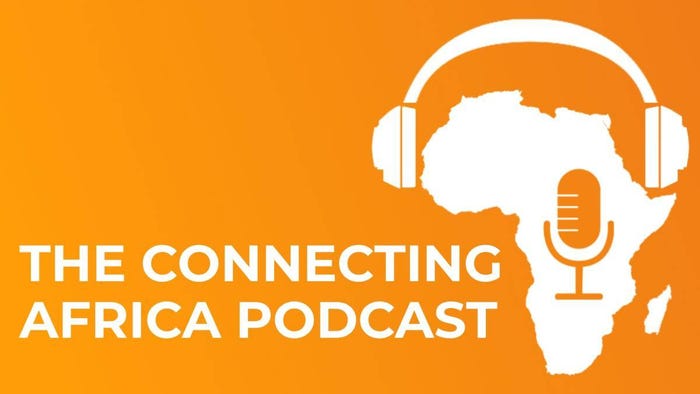Starlink in Africa: Success factors for occupying a niche
ICT Analyst Francis Hook outlines the key issues around pricing and regulation that are facing SpaceX's Starlink and what the satellite Internet service needs to do to succeed in Africa.

There was a lot of hype surrounding the entry of SpaceX's satellite Internet service, Starlink, into Africa during 2022.
Now that the novelty has slowly started to wane in the six markets into which it has so far made forays – Nigeria, Rwanda, Malawi, Kenya, Mozambique and Zambia – the enthusiasm towards Starlink's entry into Africa is being gradually tempered by two key issues.
These center around pricing and regulation which will both determine its success in Africa as well as inform changes to its go-to-market strategy for Africa.
Other discussions about Starlink's services and suitability for Africa, which include discourse on speed especially in comparison to existing mobile offerings (except 5G), have more or less arrived at the consensus that Starlink is for the most part faster than what is readily available.
In terms of coverage, it is also already widely agreed that Starlink is a great option, both in urban and rural areas.
Non-homogenous pricing: What can the market bear?
Pricing stands out as one key issue that requires further thought and will invariably underpin any success in the market.
Not only the relatively high terminal costs, but the varied pricing seen across the region where countries like Mozambique and Kenya are among the highest priced while countries like Nigeria belong to the lowest for both terminal and access costs.
The pricing perhaps hints at how the company's go-to-market strategy for Africa is peculiar compared to other regions.
Terminal costs are higher than in other countries while monthly access costs are lower. For example, as of June 2023 the terminal cost in Canada of US$150 is almost a quarter of the terminal cost in Kenya of US$625. Meanwhile, monthly access in Kenya costs US$46 per month but more than double that in Canada at US$105.
The varying pricing justification could be that developed markets can bear higher monthly costs as long as the entry costs are lower or comparable to existing fixed and mobile offerings.
The likelihood – given that Starlink needs to recoup huge investments already sunk into equipment manufacturing – is that part of the cost of the terminal is loaded onto monthly costs to help realize a finite return on investment (ROI) period in developed markets.
For Africa the pricing strategy seemingly hinges on monthly costs that are comparable or lower than similar mobile and fixed offerings, coupled with the appeal of unlimited usage. But with the equipment cost being almost four times more than in developed markets, there is a clear adoption barrier for a good proportion of the market.
Thus, the current pricing is important in defining the niche Starlink hopes to occupy. Initial enthusiasm in Africa has slowly dampened now that the cost range is known, and more so the terminal cost.

In Africa, Starlink's broadband services are available in Nigeria, Kenya, Mozambique, Rwanda, Malawi and Zambia, with many more countries due to launch services in 2024. (Source: Starlink's website)
As it stands presently, Starlink can only hope to occupy a small niche that lies between several parameters.
Naturally, uncovered rural areas would be one, but only for remote businesses (e.g., in agriculture, mining and tourism) and perhaps for high income individuals.
In urban areas, it can't hope to supplant existing mobile offerings for the average consumer but may be suitable to middle-to-high-income individuals in low-density, high-income areas that might not already be covered by fiber.
Still in urban areas, businesses are already fairly well served by fixed options including fiber and mobile (for smaller businesses), thus Starlink's appeal may be limited to those verticals which feature branch networks like banking, and for whom reliable connectivity allows them to deliver their services.
Therefore, redundancy would be among the key selection criteria for backup connections in an environment where damage to terrestrial or submarine infrastructure is fairly common.
Overall, the Low Earth Orbit (LEO) satellite service, with the current pricing, cannot be said to challenge either mobile or fixed operators, except for those few consumers or businesses that fit within the parameters described above.
Overcoming regulatory barriers
On the regulatory side of things – and given the phased approach in entering key markets like Kenya and Nigeria – behind the scenes Starlink has had to navigate different regulatory environments in which several issues have had to be considered.
Aside from ICT regulations, guidelines that define ownership levels have been an issue for Starlink. This is most pronounced in South Africa where authorities have required that Starlink adhere to stringent local investment and licensing laws that require at least 30% local ownership, and the composition of that ownership needs to meet several diversity metrics.
For the most part, its entry in Africa has been via a channel model in which it works with existing ICT market players, including some Internet service providers (ISPs), to connect customers.
Even so, Starlink has been required to obtain licenses as a satellite provider and in some markets there are still regulatory discussions ongoing which may encompass issues like taxation, employment, exchange rates, and payment channels – all of which are cognizant of recent digital regulations being rolled out across the continent.
Starlink has faced headwinds in countries like South Africa and Senegal where both governments have banned the sale of equipment subject to Starlink following existing licensing procedures.
The same was the case in Zimbabwe although more recently the country has assumed a more relaxed stance and is now holding licensing discussions with Starlink.
While on the face of it licensing and compliance may be the most visible regulatory issues, ensuring a level playing field for existing and long-standing operators would be among the considerations that sector regulators need to bear in mind. This alongside their respective mandates to close access gaps in rural areas as well as increase adoption in important sectors like education and healthcare.
As Starlink's existence is premised on reaching uncovered populations and areas, careful consideration must be extended by regulators.
At a global level, as regulations continue to evolve and shift from traditional to digital, and with the International Telecommunications Union (ITU) playing an integral role in streamlining satellite communications by coordinating spectrum use (in order to avoid signal interference) and working in concert with member states, equipment and service providers, there may yet be more regulatory issues that could emerge.
Market outlook for 2024
In Africa Starlink is entering into a market where at least 40% of the population is connected to the Internet. However, the unconnected proportion does not lie in the current niche it hopes to secure, but rather within reach of existing mobile and fixed players.
Since most businesses have existing fixed and mobile connections, the opportunity for Starlink in the business space may only be for those either increasing uptake because of business expansion, those requiring redundancy, or those who need reliable and higher speeds to support cloud applications.
With its plans to enter more than a dozen African markets during the remainder of 2023 and over the course of 2024, Starlink should already be considering all the learnings on pricing that are accruing in existing markets, as well as devising strategies to navigate varied regulatory landscapes.

Starlink has been required to obtain licenses as a satellite provider in some African countries and is also facing other regulatory issues around taxation, employment, exchange rates and payment channels. (Source: Image by vecstock on Freepik)
During 2024, there should be greater pricing harmony across the continent and a clearer go-to-market strategy in which it will simplify and consolidate distribution partnerships - such as with Jumia - as well as view existing providers as its channel into the market. It will also seek to comply with various ICT and other regulatory requirements such as ownership levels, license fees and spectrum fees.
In the mid-to-long term, as the satellite operator signs on more and more customers, prices could reduce as it recoups investments and starts to reap the benefits arising from economies of scale.
It is likely that during 2024, terminal costs will come down while monthly access costs will be on par with existing offerings. It is at this point of inflection that the provider could potentially start disrupting the market and grow its current reach by becoming more accessible to consumers and businesses alike.
With the present focus lying mainly on connectivity, it is expected that soon a wide range of stakeholders including regulators, development partners, academia, governments and donors may seek to explore use cases outside connectivity, including remote sensing and earth observation.
As talks on the climate crisis pick up pace, players like Starlink could enamor themselves to various stakeholders and position themselves to play an important role in areas like conservation, agriculture, land and water resource management, and humanitarian assistance.
Related posts:
— Francis Hook, Africa ICT Analyst, special to Connecting Africa
Read more about:
Starlink

_(1).jpg?width=700&auto=webp&quality=80&disable=upscale)
.jpg?width=700&auto=webp&quality=80&disable=upscale)
.jpg?width=700&auto=webp&quality=80&disable=upscale)


.jpg?width=700&auto=webp&quality=80&disable=upscale)

